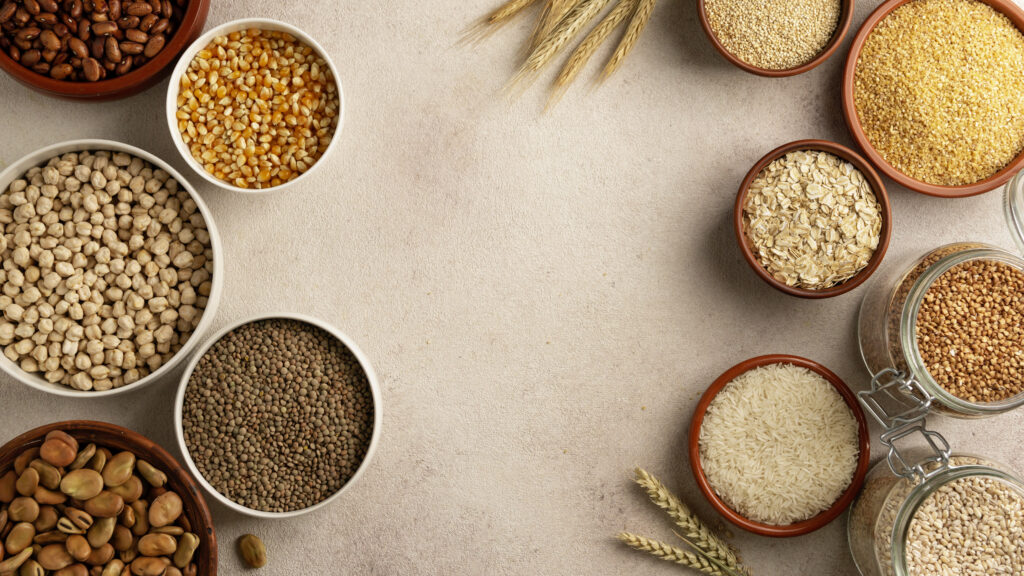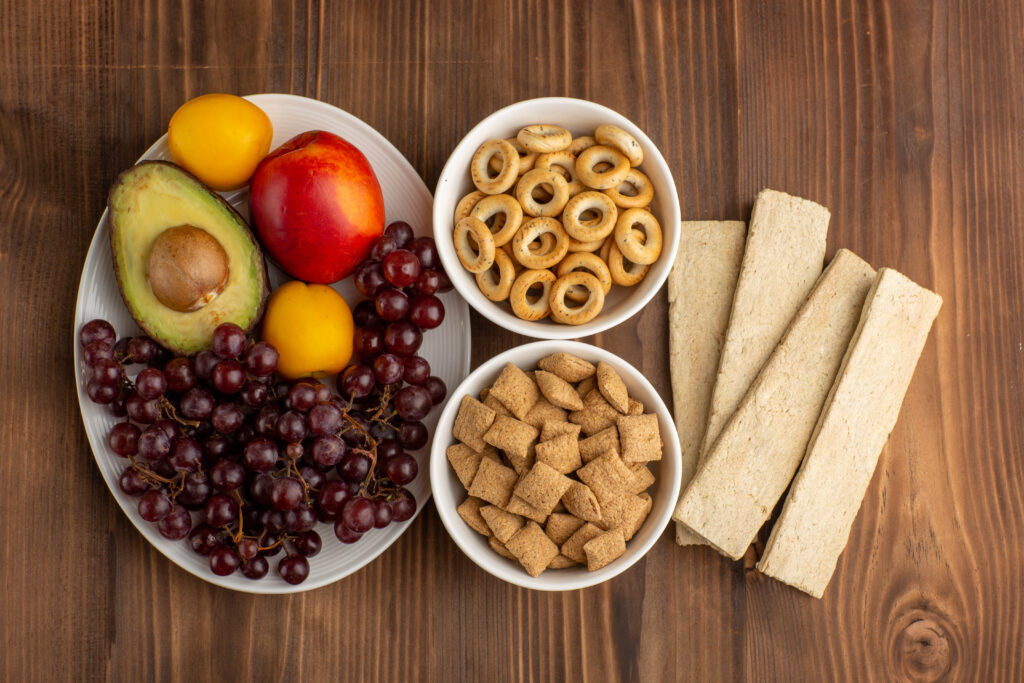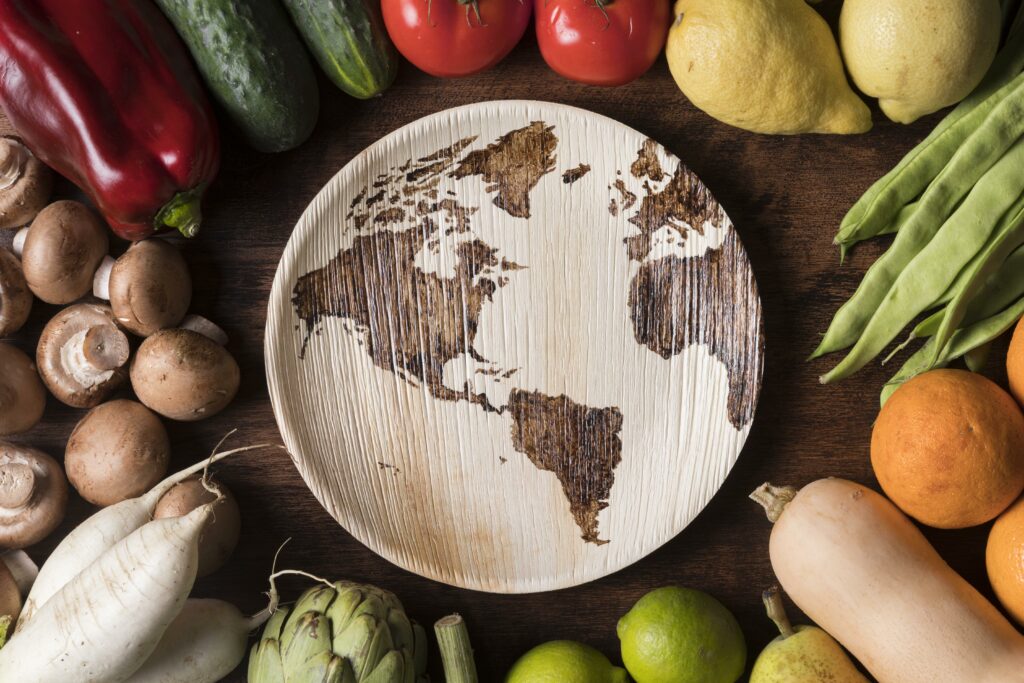Introduction
The Indian snack industry is experiencing a significant transformation, with extruded snacks emerging as a prominent segment. These snacks, known for their unique textures and diverse flavours, are capturing the attention of health-conscious consumers and innovative food brands alike. Understanding the intricacies of extruded snacks manufacturing is essential for brands aiming to capitalize on this growing market.
An article that might interest you: How to Build a Successful Snack Brand in India: Expert Insights
The Evolving Landscape of the Indian Savoury Snacks Market
India’s savoury snacks market has witnessed a shift from traditional options to more diverse and health-oriented choices. Extruded snacks, characterized by their puffed and crispy textures, have become increasingly popular due to their versatility and appeal to various consumer preferences.
Why India’s Love for Savoury Snacks Is Stronger Than Ever
The demand for savoury snacks in India is driven by factors such as urbanization, changing lifestyles, and a growing middle class. Consumers are seeking convenient, tasty, and healthier snack options, making extruded snacks an ideal choice.
A Look at the Key Trends Shaping the Industry
Key trends influencing the extruded snacks industry include the incorporation of multigrain ingredients, innovative flavor profiles, and the adoption of clean-label practices. Brands are focusing on developing snacks that cater to health-conscious consumers without compromising on taste.

A Century-Old Love Affair: The Cultural Significance of Savoury Snacks in India
How Traditional Snacks Like Namkeen, Murukku, and Bhujia Became Household Staples
Traditional Indian snacks such as namkeen, murukku, and bhujia have long been integral to the country’s culinary landscape. These snacks, often homemade, have evolved over time to meet the demands of modern consumers, leading to the rise of packaged and extruded snack options.
The Role of Festivals and Regional Diversity in Snack Consumption
Festivals and regional preferences play a significant role in snack consumption patterns across India. Extruded snacks have adapted to these cultural nuances by offering region-specific flavors and ingredients, enhancing their appeal to a broader audience.
The Shift from Homemade to Packaged Savoury Snacks
With increasing urbanization and busy lifestyles, there has been a noticeable shift from homemade snacks to packaged alternatives. Extruded snacks, with their extended shelf life and consistent quality, have become a convenient choice for consumers seeking ready-to-eat options.
Understanding Extrusion Technology in Extruded Snacks Manufacturing
The Science Behind Extrusion: How It Works
Extrusion is a high-temperature, short-time process that transforms raw ingredients into various snack forms. The process involves forcing a mixture through a die to create specific shapes, followed by cutting and drying to achieve the desired texture.
Advantages of Extrusion in Snack Production
Extrusion offers several benefits, including versatility in product design, efficient production, and the ability to incorporate various ingredients such as grains, legumes, and flavors. This technology enables manufacturers to create a wide range of snack products that cater to diverse consumer preferences.
Common Ingredients Used in Extruded Snacks
Typical ingredients in extruded snacks include corn, rice, wheat, and multigrain blends. These base materials are often combined with seasonings, natural colors, and functional additives to enhance flavor, appearance, and nutritional value.

The Rise of Health-Conscious Snacking
Consumer Demand for Healthier Snack Options
Modern consumers are increasingly seeking snacks that align with their health and wellness goals. This demand has led to the development of extruded snacks that are lower in fat, high in fiber, and enriched with essential nutrients.
Incorporating Functional Ingredients
Manufacturers are exploring the inclusion of functional ingredients such as protein isolates, dietary fibres, and plant-based components in extruded snacks. These additions aim to provide health benefits beyond basic nutrition, appealing to a more health-conscious demographic.
Clean-Label and Allergen-Free Considerations
The clean-label movement emphasizes transparency in ingredient sourcing and processing methods. Extruded snacks that are free from common allergens, artificial additives, and preservatives are gaining popularity among consumers seeking safer and more natural snack options.
Check out our Categories: Snacks/Savouries
Market Opportunities and Export Potential
India’s Position in the Global Extruded Snacks Market
India’s extruded snack food market was valued at USD 611.93 million in 2024 and is projected to reach USD 1,144.07 million by 2033, exhibiting a CAGR of 6.84% from 2025 to 2033 as per IMARC Group. This growth is attributed to factors such as affordable pricing, product innovation, and expanding e-commerce platforms.
Export Opportunities for Indian Manufacturers
The global demand for extruded snacks presents significant export opportunities for Indian manufacturers. By leveraging India’s cost-effective production capabilities and diverse flavor profiles, brands can cater to international markets seeking unique and affordable snack options.
Regulatory Compliance and Quality Assurance
Adhering to international food safety standards and certifications is crucial for manufacturers aiming to enter global markets. Implementing robust quality assurance protocols ensures product consistency and builds trust with consumers and trade partners.
Suite42’s Role in Extruded Snacks Manufacturing
Comprehensive Product Development Services
Suite42 offers end-to-end product development services, including concept ideation, recipe formulation, and pilot-scale production through its Food Innovation Center. Our team collaborates closely with clients to create customized extruded snack products that meet specific market demands.
State-of-the-Art Extrusion Facilities
Our advanced extrusion facilities are equipped with cutting-edge technology to produce a wide range of snack products. We ensure precision in shape, texture, and flavor, delivering high-quality snacks that resonate with consumers.
Support for Scaling and Commercialization
Suite42 provides support throughout the scaling and commercialization process, assisting clients in transitioning from pilot batches to full-scale production. Our expertise ensures a seamless expansion, maintaining product integrity and meeting market demands.

What Sets Suite42 Apart as a Strategic Extruded Snacks Manufacturing Partner
Tailored Innovation, Not Templates
Most manufacturers operate on fixed formats and production constraints. At Suite42, product development is not limited by preset machinery or mass-market formulas. Each project begins with a product and market-fit diagnosis, aligning technical feasibility with commercial goals. Whether it’s launching millet-based curls or cheese-infused filled rings, the formulation is crafted ground up and not repurposed from prior SKUs.
Flexible Scale for Startups and Established Brands
Emerging brands often struggle to find facilities that allow for pilot runs under realistic budgets. Suite42’s agile manufacturing model accommodates early-stage trials at small batch sizes, allowing rapid iterations. As demand grows, the same setup scales seamlessly into full commercial volumes, thanks to our distributed network of extrusion units across India’s food clusters in Gujarat, Maharashtra, Tamil Nadu, and more.
Integrated Quality and Compliance Backbone
Quality is not a phase; it’s a parallel track embedded in every stage of Suite42’s development cycle. Products are subjected to continuous quality checks, expansion ratios, moisture levels, breakage percentage, and seasoning dispersion, all tracked digitally. Our infrastructure is aligned with certifications including FSSAI, ISO 22000, and HACCP, with support for BRC and USFDA documentation for global supply chains. This ensures export-readiness without the burden of compliance guesswork for brand owners.
Data-Driven Decision Making Across the Supply Chain
Suite42 integrates market data, cost modeling, and sensory performance into a single product decision framework. Clients get real-time insights into ingredient costs, output yield, margin impact, and shelf-life projections. This level of transparency empowers smarter decision-making from day one, especially critical for founder-led teams navigating constrained timelines or fundraising cycles.

A Final Word for Brand Leaders Eyeing the Extruded Snacks Segment
India’s extruded snack market is not just growing, it is maturing. Mass-scale puffed snacks still dominate volume, but white spaces are emerging fast in clean-label, fortified, and co-extruded innovations. The winners in this segment will not be the fastest manufacturers, but the most agile ones, those who can collaborate, test, learn, and scale with precision.
With its robust infrastructure, seasoned formulation team, and network of high-compliance extrusion partners, Suite42 offers an unfair advantage to brands looking to seize this moment. Whether you’re building the next protein crunch for kids, a fruit-core innovation for modern retailers, or simply a better version of a legacy product, the tools, insights, and capabilities are already in place.
An article that might interest you: Launch Bold: Palm-Oil-Free Snack Product Development for New Brands
Conclusion
The extruded snacks segment in India presents a dynamic and lucrative opportunity for food brands. By understanding the nuances of extrusion technology and aligning with consumer preferences for healthier and diverse snack options, brands can establish a strong presence in this growing market. Suite42 stands as a strategic partner, offering comprehensive services to navigate the complexities of extruded snack manufacturing and drive business success. Connect with us today to get started.


